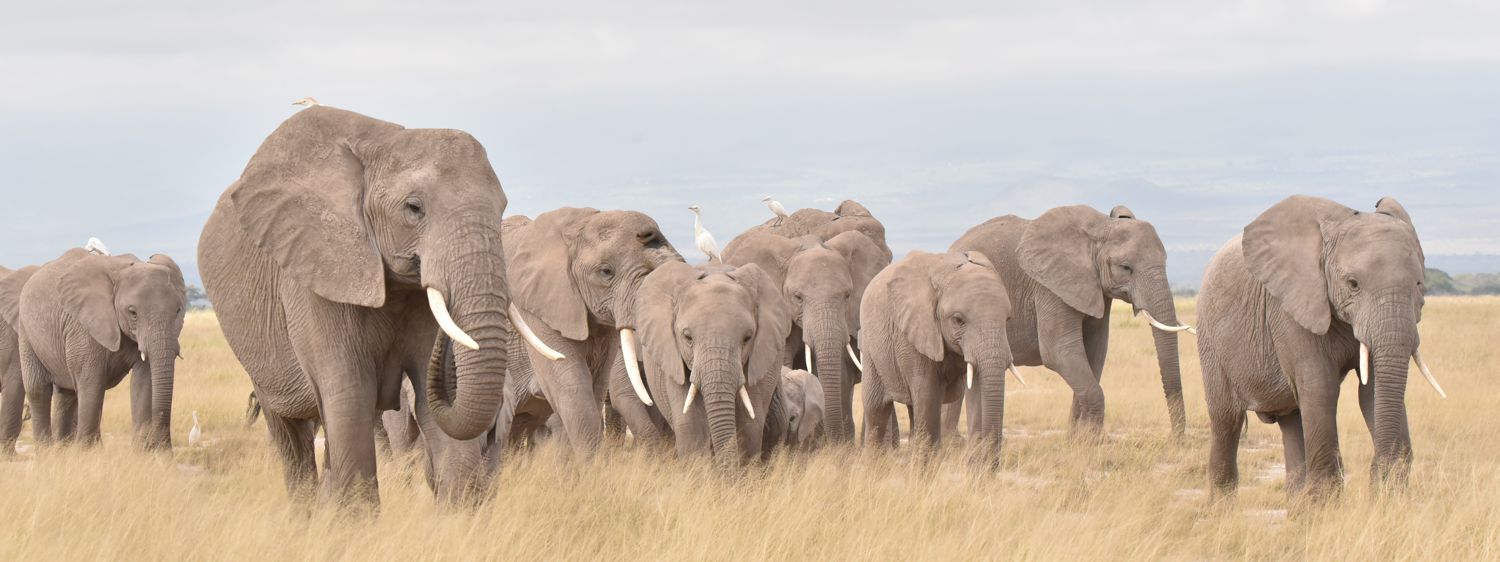The African elephant (Loxodonta africana and Loxodonta cyclotis) is the largest land mammal on Earth, renowned for its intelligence, complex social structures, and vital role in maintaining the ecosystems it inhabits. There are two distinct species: the savanna elephant, which roams the open plains and woodlands, and the forest elephant, which inhabits the dense rainforests of Central and West Africa.
Physical Characteristics
African elephants are easily recognized by their large ears, which resemble the shape of the African continent and help regulate body temperature. Males can reach up to 4 meters in height and weigh over 6,000 kilograms. Both males and females have tusks, which are actually elongated incisor teeth used for digging, stripping bark, and defense.
Behavior and Social Life
These elephants are highly social animals, living in matriarchal herds led by the oldest and often wisest female. Herds typically consist of related females and their young, while males tend to live solitary lives or form loose bachelor groups. Elephants communicate through a variety of vocalizations, body language, and even seismic signals transmitted through the ground.
They are known for their strong memory, empathy, and mourning rituals, often observed touching and revisiting the bones of deceased herd members. Their daily activities revolve around foraging, as they can consume up to 150 kilograms of vegetation per day, including grasses, leaves, bark, and fruit.
Habitat and Distribution
African elephants are found across sub-Saharan Africa, with savanna elephants primarily inhabiting countries like Botswana, Tanzania, Kenya, Namibia, and South Africa, while forest elephants are more common in Gabon, Congo, and parts of Cameroon. Their habitats range from open grasslands and savannas to tropical forests and wetlands.
Conservation Status
Despite their iconic status, African elephants face serious threats from habitat loss, human-wildlife conflict, and poaching for ivory. Conservation efforts, including anti-poaching patrols, protected areas, and community-based tourism, are crucial to their survival.



